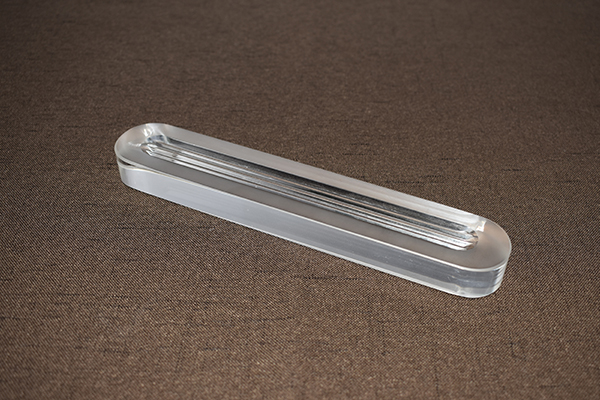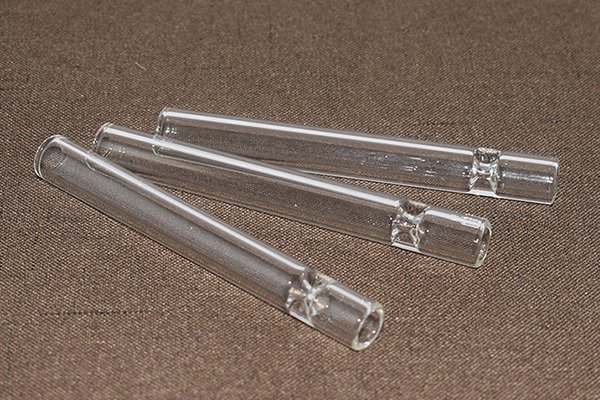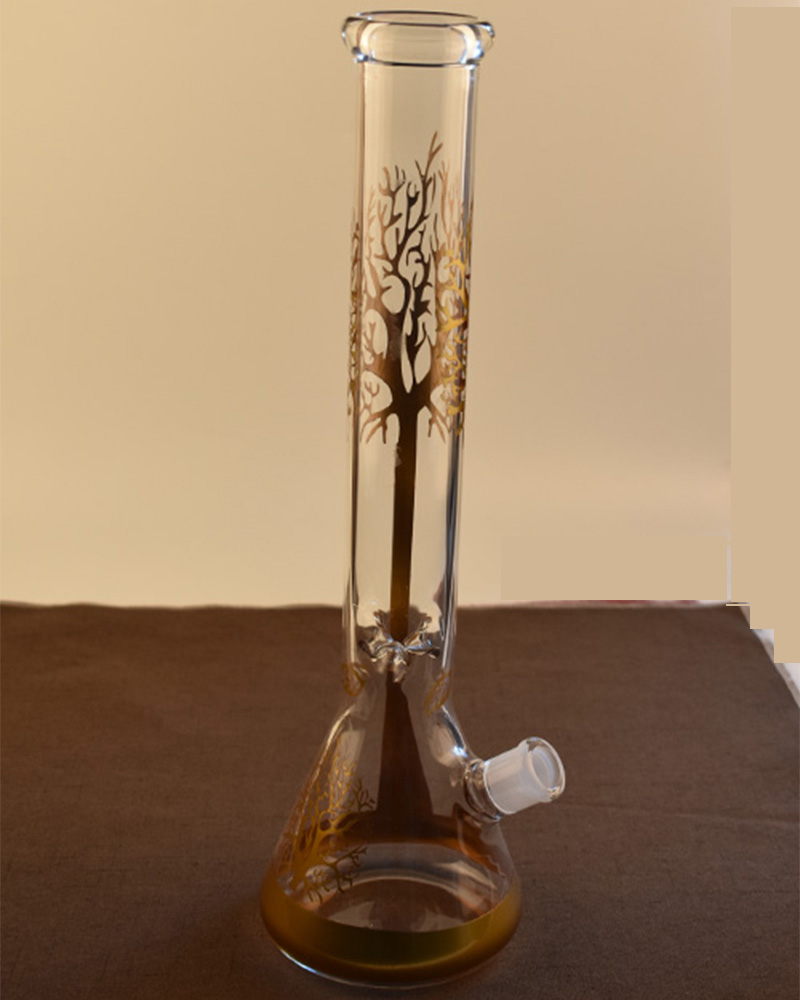News Detail
What’s the Difference Between Borosilicate Glass and Ordinary Glass?
Borosilicate glass and ordinary glass (also known as soda-lime glass) are both widely used materials in daily life and industrial applications—but they differ significantly in composition, properties, and performance. Understanding these differences is key to selecting the right glass for your needs.
1. Chemical Composition
-
Borosilicate Glass: Contains about 80% silica (SiO₂), along with boron trioxide (B₂O₃), sodium oxide, and aluminum oxide. The boron content is what gives it its unique thermal and chemical stability.
-
Ordinary (Soda-Lime) Glass: Made from silica, sodium carbonate, and calcium oxide. It lacks the boron component, making it less resistant to temperature and chemical stress.
2. Thermal Resistance
Borosilicate glass can withstand sudden temperature changes (thermal shock) far better than ordinary glass. It can tolerate temperature swings of up to 165°C or more, making it ideal for laboratory glassware, cookware (e.g., Pyrex), and lighting components.
In contrast, soda-lime glass is prone to cracking under rapid temperature changes, limiting its use in high-temperature environments.
3. Chemical Durability
Borosilicate glass is highly resistant to chemicals and acids, which is why it is the standard in chemical labs. Ordinary glass may degrade or react when exposed to corrosive substances over time.
4. Strength and Transparency
Both types offer good optical clarity, but borosilicate glass is stronger and more durable over time. It’s also less prone to scratching and etching.
Applications Summary
-
Borosilicate Glass: Laboratory equipment, pharmaceutical packaging, high-end lighting, telescopes, and cookware.
-
Ordinary Glass: Windows, beverage bottles, and household glassware.
In conclusion, borosilicate glass offers superior performance in demanding environments, while ordinary glass is more economical and suitable for general use.



